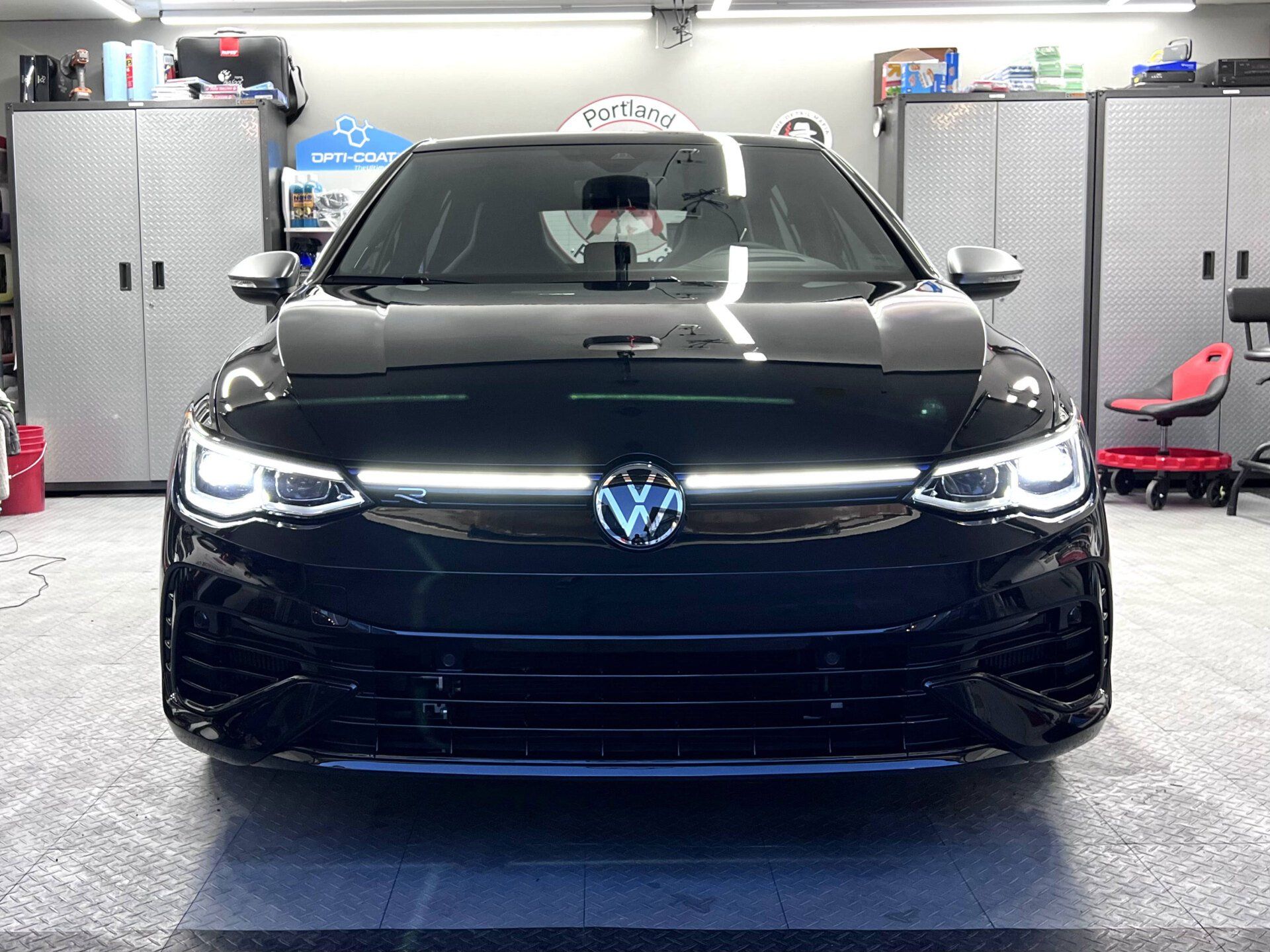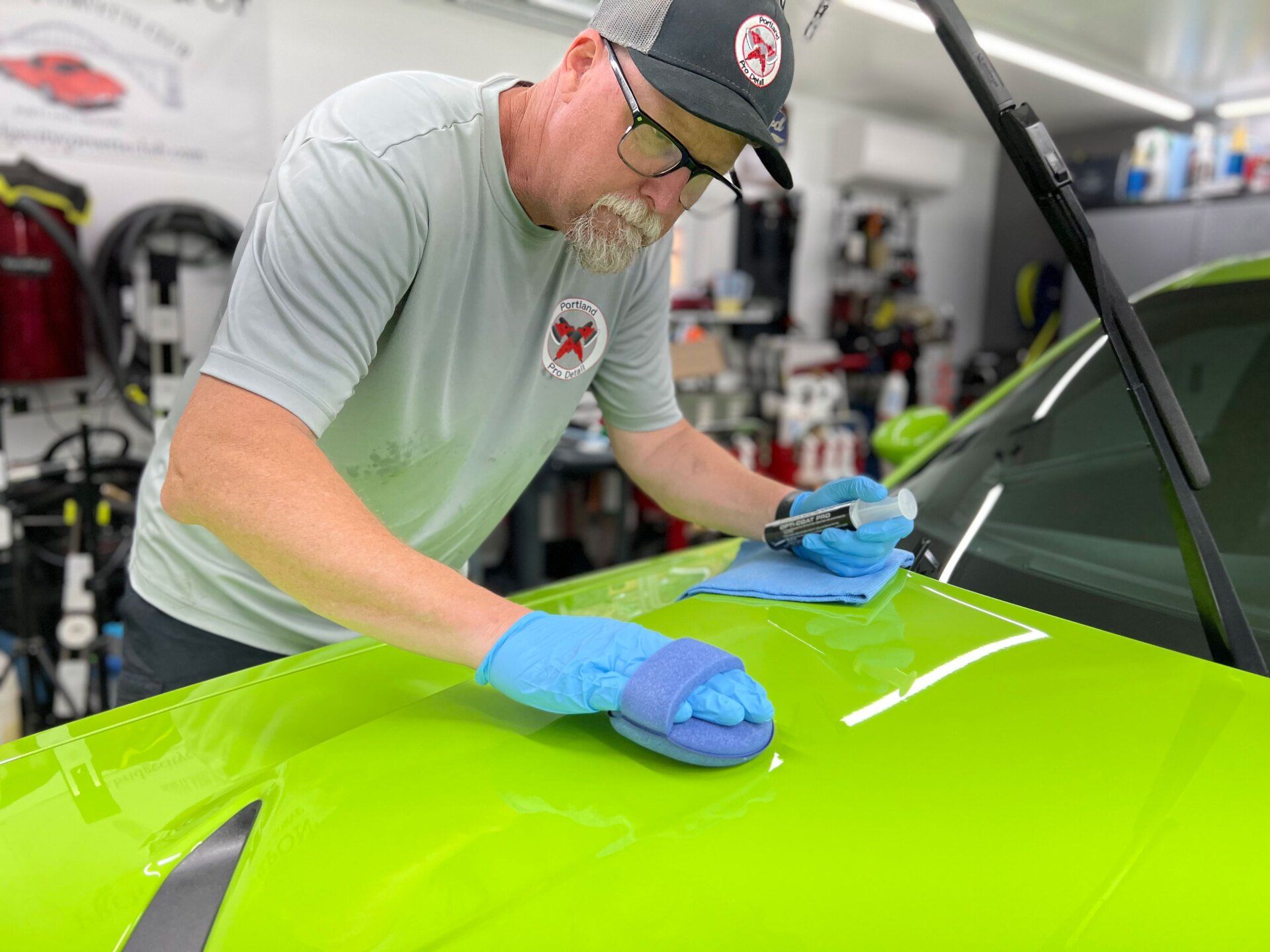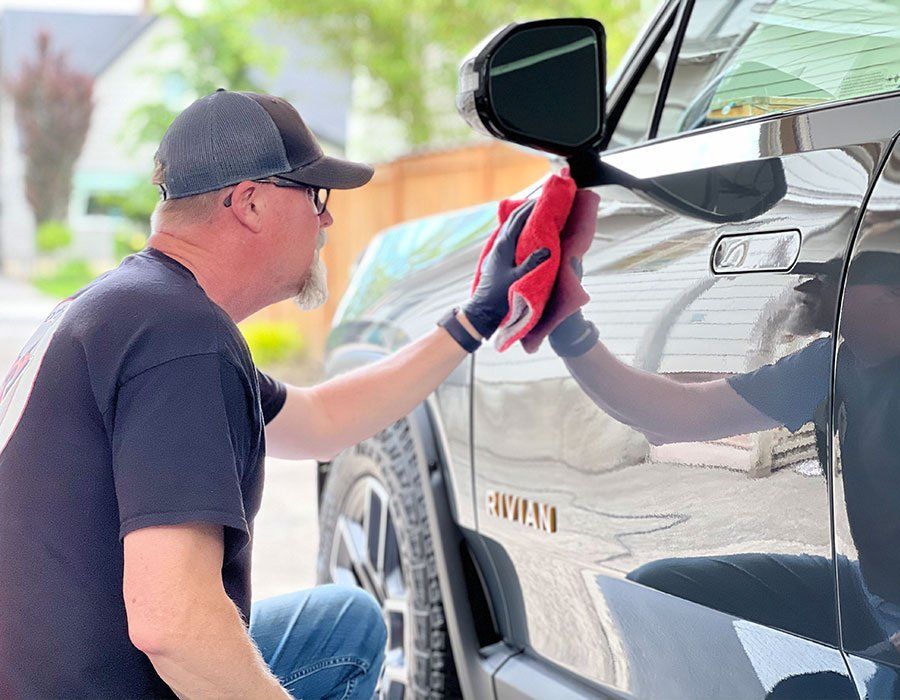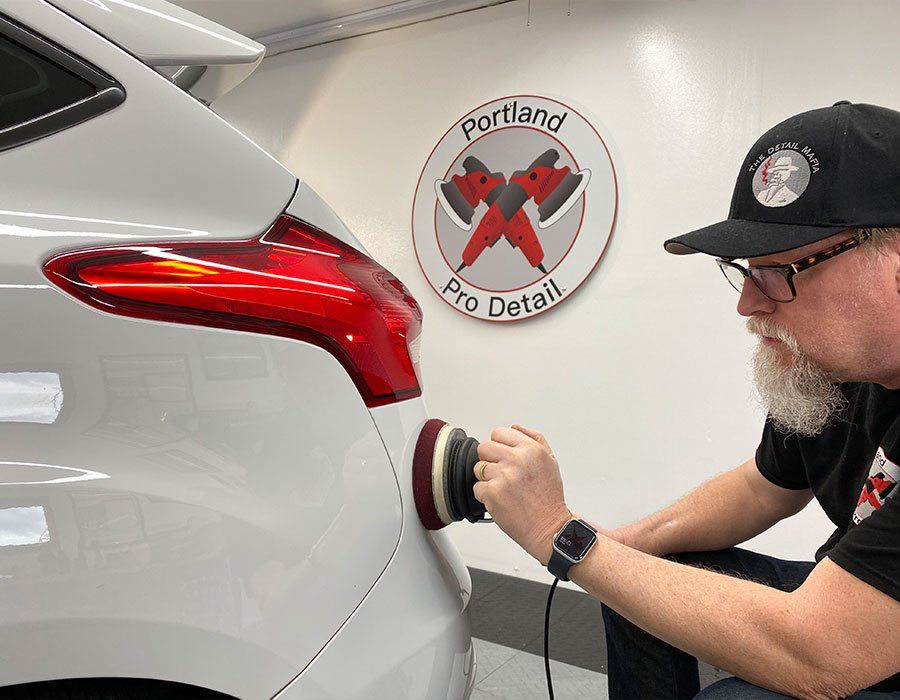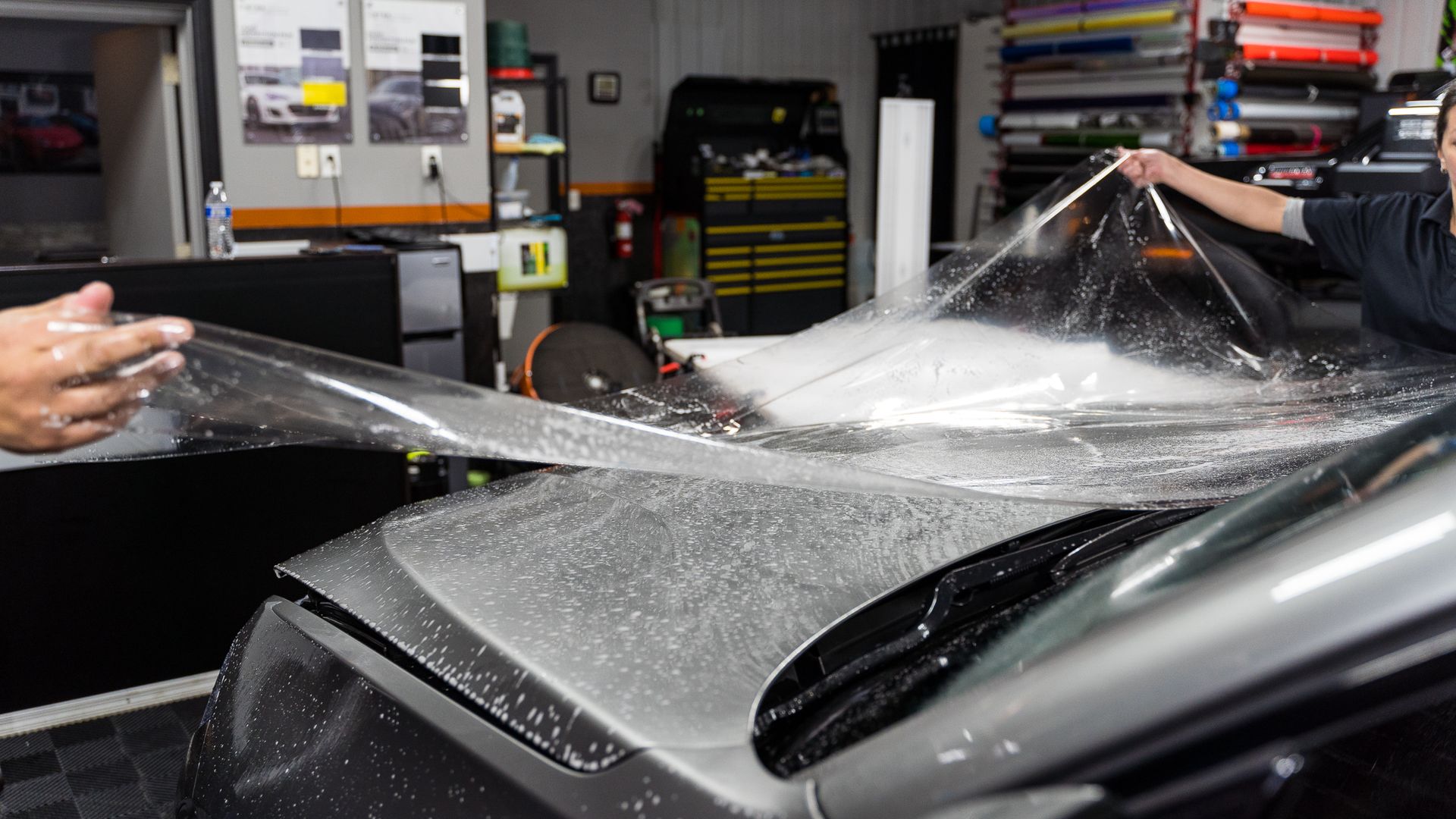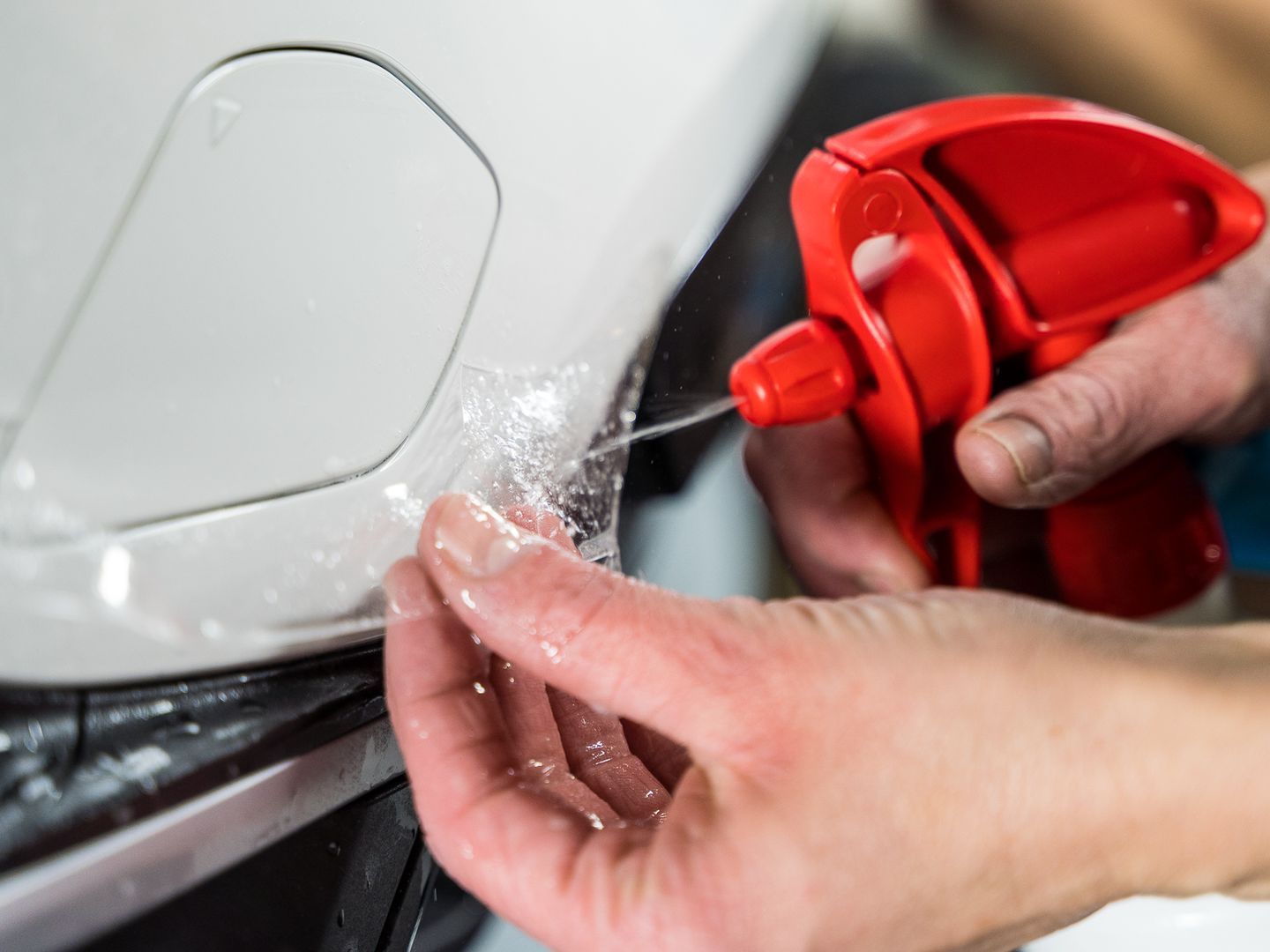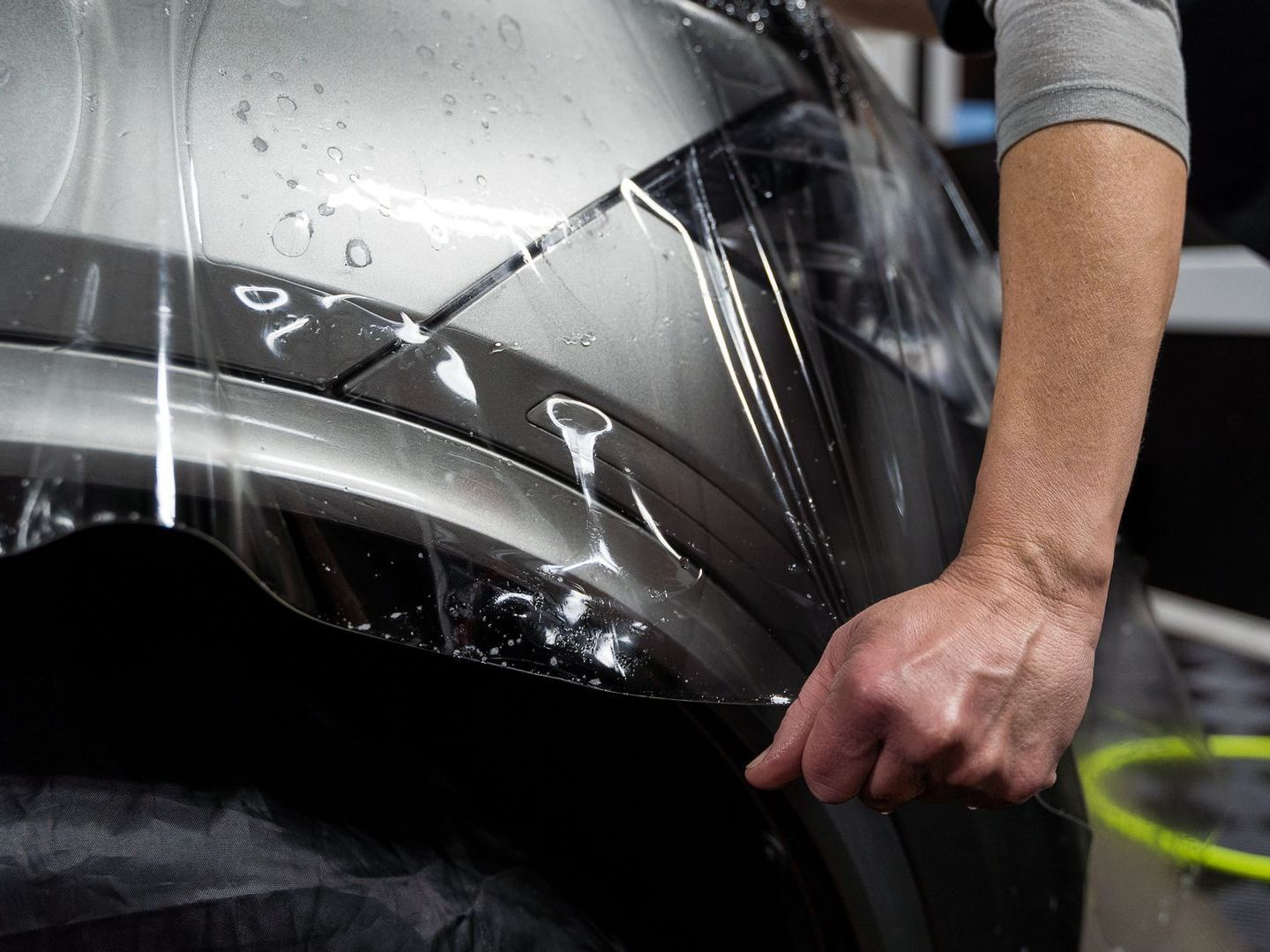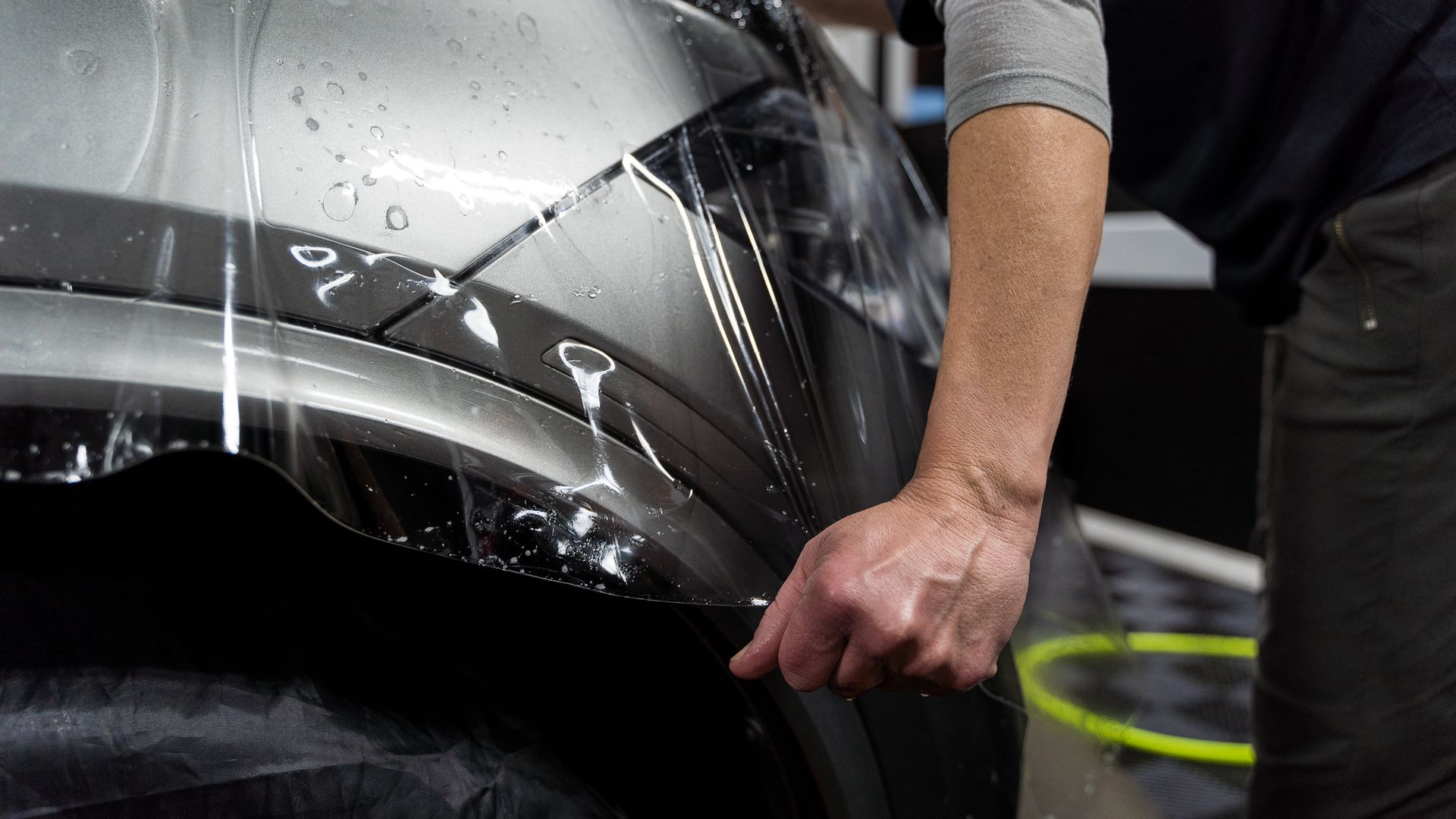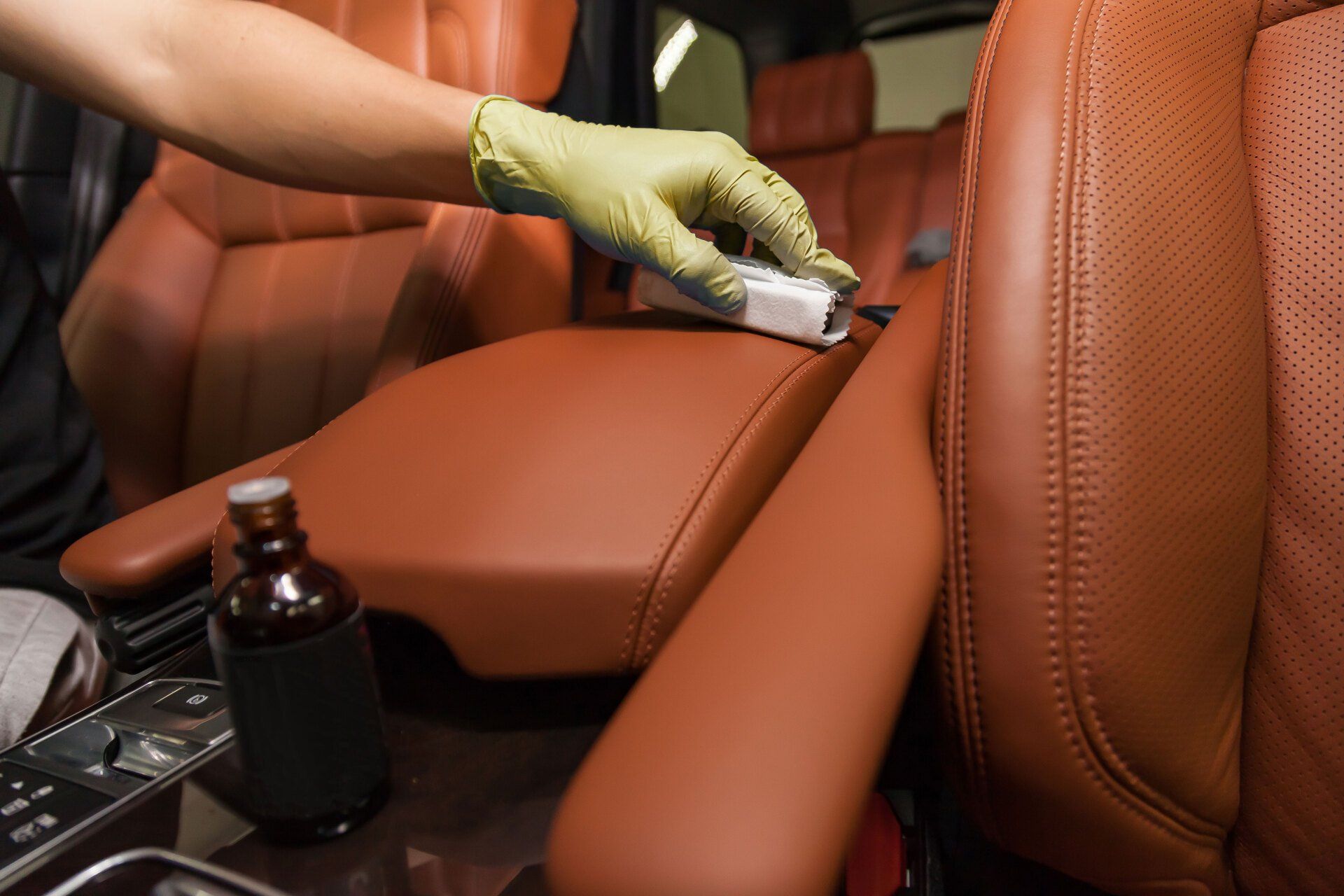How Paint Protection Film Preserves Your Vehicle's Resale Value: Benefits and Maintenance Tips
CALL (503) 444-7415
Paint protection film (PPF), or clear bra, is akin to a protective shield for your vehicle's exterior. This transparent film saves your car from scratches, bugs, stones, and other harm that endangers its vibrant paint. You might wonder how this relates to the auto’s resale value. Preserving the original paintwork effectively keeps the car looking new and attractive, a factor potential buyers highly regard when determining its worth. Hence, choosing a quality paint protection film might just be a wise investment for your vehicle's future.
Paint protection film acts as an invisible shield, safeguarding the vehicle's exterior from scratches, stone chips, and UV damage. By preventing these imperfections, PPF helps maintain the car's factory-fresh appearance, ultimately commanding a higher resale value compared to unprotected vehicles.
Understanding the Role of Paint Protection Film
Imagine an invisible layer of armor guarding your car’s delicate surface, absorbing damage that would otherwise scar its pristine appearance. This is the primary function of a paint protection film, acting as an impervious barrier against scrapes, stone chips, insect residue, and other environmental assailants. So how does PPF manage to protect your vehicle so effectively?
The science behind paint protection film involves a clear, thermoplastic urethane film that is meticulously applied to the most vulnerable areas of your car's exterior. These areas include the hood, bumpers, side mirrors, and door edges—essentially any region that is prone to potential impact or abrasion from road debris. Once applied, it seamlessly merges with the car's paintwork, creating an invisible safeguard that shields the underlying finish from harm without altering the vehicle’s appearance. This protective shield not only preserves the vehicle’s original factory paint but also guards against UV damage, which can cause color to fade over time.
Some may argue that while a paint protection film indeed offers protection, it may alter the appearance of the vehicle or require frequent maintenance. However, high-quality PPF is designed to be virtually unnoticeable when professionally installed and cared for properly. Moreover, it’s essential to note that not all clear bras are created equal. Higher-grade films boast self-healing capabilities. These films have been engineered to subtly mend themselves when exposed to heat, making them exceptionally resilient against minor scratches and imperfections. As a result, vehicles with self-healing paint protection film fetch higher resale values due to their sustained exterior condition over time.
Factors to Consider When Choosing PPF
Selecting the right paint protection film is crucial to preserving your vehicle's exterior. Here are key factors to consider to ensure you make an informed decision:
- Quality and Durability: When evaluating paint protection film options, prioritize quality and durability. High-quality films with self-healing capabilities can repair minor scratches when exposed to heat, ensuring that your vehicle maintains a pristine appearance over time. These films offer long-term protection, minimizing the need for frequent replacements and preserving the resale value of your vehicle. In essence, high-quality PPF acts as an invisible shield, absorbing the impact of scratches and environmental hazards, thereby keeping your vehicle looking fresh and unscathed.
- Installation Expertise: The expertise of the professional installing the film is equally important. An experienced installer will ensure proper surface preparation, meticulous application, and precise trimming of the film to fit the unique contours of your car—essential for achieving a seamless protective layer that effectively covers vulnerable areas without compromising the aesthetic appeal of your vehicle. Choosing a skilled professional for PPF installation reduces the risk of imperfections or air pockets in the film, ensuring a flawless finish that seamlessly integrates with your vehicle's exterior. Additionally, their expertise plays a vital role in maximizing the protective benefits of the film, ultimately contributing to its overall efficacy and longevity.
- Types of Coverage: Another critical aspect to consider is the extent of coverage required for your vehicle. Comprehensive coverage provides complete protection for various vulnerable areas, offering peace of mind and ensuring that your entire vehicle remains safeguarded from potential damage. On the other hand, partial coverage can be tailored to specific areas based on their susceptibility to environmental hazards. For instance, if you frequently travel on roads prone to stone chips, comprehensive coverage can shield your vehicle's entire front end from these abrasive obstacles. Conversely, if you primarily need protection for specific sections, such as the hood or fenders, partial coverage allows you to address these areas effectively while accommodating individual preferences for customization.
By considering these factors thoughtfully, you're setting the stage for
optimal protection and long-term preservation of your vehicle's exterior. Each factor plays a pivotal role in ensuring that your chosen PPF not only meets but exceeds your expectations in safeguarding your investment.
PPF Installation Investment and Savings
Investing in paint protection film installation might seem like a significant expense at first, but it's crucial to look at the bigger picture. Imagine driving down the road when a small rock hits the front of your car. It may not leave a visible mark, but without the protective film, it could have chipped your paint. Repainting even a small section of your vehicle can be quite costly, contrasting heavily with the initial investment of applying PPF. In fact, the cost of repainting one panel of a vehicle can be as high as $500.
To put it simply, a paint protection film acts as a safeguard, shielding your vehicle from potential damage like stone chips, bug splatters, and minor abrasions. These seemingly minor incidents can escalate into substantial expenses when it comes to repairing or repainting affected areas of your vehicle. The transparent nature of this protective film ensures that your original paint color shines through unaltered. Without this extra layer of protection, you may find yourself needing frequent touch-ups or repainting, which does not bode well for preserving your vehicle's resale value.
Choosing high-quality PPF pays dividends by providing self-healing properties. What does this mean for you? It means that minor scratches will disappear with exposure to heat. Just think about how much you'd spend on little niggling scratches here and there over time. With a paint protection film, these become a non-issue. Considering that minor scratch repairs can cost between $150 and $300 per individual scratch, that's no small change saved right there.
Quality paint protection film is also resistant to UV radiation, protecting your vehicle's exterior from sun damage. Over time, exposure to sunlight can cause your vehicle's paint to fade or become discolored. This can significantly impact its visual appeal and, ultimately, its resale value. A professional application of PPF provides an added layer of defense against UV rays, ensuring that your vehicle maintains its aesthetic appeal for longer.
Additionally, as we've previously established, periodic maintenance becomes easier with a clear bra in place. Regular tasks such as washing and waxing are enough to keep your vehicle looking pristine under the protective film. This translates into reduced maintenance costs over time and promotes efficient care routines for preserving your vehicle's appearance. In sum, while the upfront cost of PPF installation may seem substantial initially, its long-term benefits far outweigh this investment in terms of cost-effectiveness, preservation of resale value, and ease of maintenance.
How PPF Preserves and Increases Resale Value
You may wonder how paint protection film really impacts the resale value of your vehicle. Well, the benefits of PPF extend far beyond preserving your car's aesthetics—they have a direct impact on its overall value in the automotive market.
Preserving Factory-Fresh Look
Paint protection film acts as an invisible shield, safeguarding your vehicle from minor scratches, swirl marks, stone chips, and discoloration due to UV damage. Think of it as a reliable guardian against wear and tear, ensuring that your car retains its pristine appearance even after years of use. This preservation of the factory-fresh look significantly boosts the appeal of your vehicle when potential buyers cast their eyes on it.
Self-Healing Capabilities
Many modern PPFs come with self-healing capabilities when exposed to heat. Imagine this: small scratches and swirl marks vanish before your eyes, leaving behind a flawless finish. This remarkable feature not only maintains your vehicle's impeccable exterior but also serves as an enticing factor for prospective buyers, contributing to an increased resale value.
Attracting Dealers and Buyers
It's not just superficial appeal—dealers and individual buyers recognize the value of a vehicle protected by a paint protection film. The well-preserved appearance and the assurance of protection against wear and tear make PPF-installed vehicles highly desirable. Buyers are willing to pay a premium for cars that have been meticulously maintained and protected, attributing a higher resale value to these vehicles.
Protection Against Wear and Tear
A car without PPF is prone to accumulating visible signs of wear over time—nicks, swirl marks, chips, and fading due to exposure to the elements. Contrastingly, a vehicle equipped with a high-quality paint protection film maintains its luster, free from such blemishes. This stark difference directly impacts the perceived value of the vehicle in the eyes of potential buyers.
It's intriguing, isn't it? As we unravel the role of PPF in preserving and increasing your vehicle's resale value, it becomes evident that this protective measure goes beyond simply maintaining appearances—it directly influences the financial worth of your prized possession.
Portland Pro Detail: Expert PPF Installers in Portland, OR
When it comes to protecting your vehicle's paintwork, trust none other than Portland Pro Detail, the
trusted PPF installers in Portland, OR. Our expertise and dedication to perfection ensure that your car receives the highest standard of paint protection film installation available. With meticulous attention to detail and a commitment to excellence, our team goes above and beyond to safeguard your vehicle against chips, scratches, and environmental damage. Don't settle for anything less than the best when it comes to preserving the beauty and value of your car. Schedule an appointment with Portland Pro Detail today or call us at
(503) 444-7415 and experience the unparalleled quality of our PPF installation services firsthand!
Portland Pro Detail Blog
